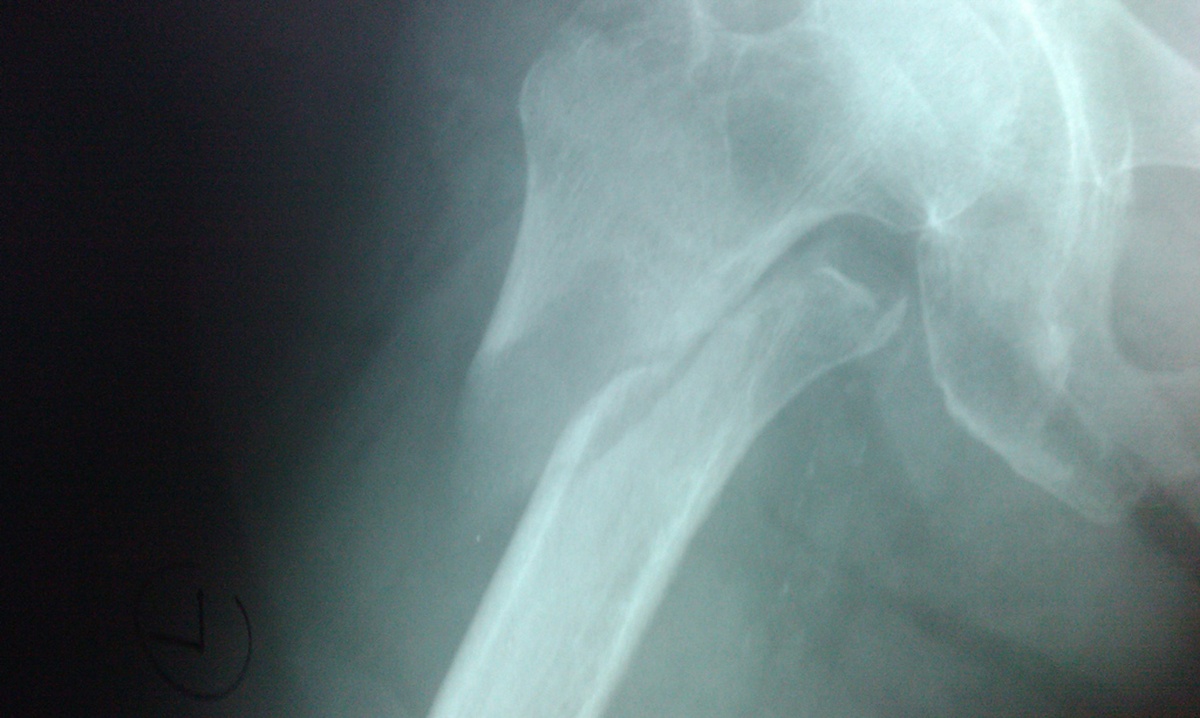Table of Contents
There are many treatment options for this disorder and the choice of treatment depends entirely on the cause of the problem. That’s why it is important that patient understands the cause of symptoms before embarking on a treatment program.[7]

Medications
Sometimes non-steroidal anti-inflammatory drugs (NSAIDs) are prescribed. These usually include ibuprofen or naproxen. They have the analgesic and anti-inflammatory properties. They are very helpful because they both decrease inflammation in the bursa and relieve pain.
Ice application
Every doctor should recommend ice therapy to the area to decrease inflammation, especially after receiving the analgesic injections. In general, doctors recommended that a patient applies a large ice pack on the affected area for 20 to 30 minutes.
Weight loss
If a patient is overweight, the doctor might also recommend weight loss, because these extra pounds put the enormous pressure on the hips and knees.
Physical therapy
Physical therapy includes a range of motion exercises and splinting. Physical therapy can be incorporated to teach the patient a home exercise program, emphasizing stretching of the iliotibial bands, tensor fascia lata, external hip rotators, quadriceps, and hip flexors.
Practice proves that the stretch can be repeated in various degrees of hip flexion, thus theoretically stretching different fibers within the big muscle groups.
Proper rest
The first step in the treatment of trochanteric bursitis should be a simple rest. The most important thing for a patient is to identify the activities which cause or aggravate the problem, and they should make modifications accordingly.
Surgery
The doctors advise a surgery as a last resort — only if they had not found the underlying cause and the treatment regimen fails to bring significant relief. The surgical procedure may consist of:
- releasing the iliotibial band,
- removing the bursal sac
- removing calcified tissue.
Prevention Of Bursitis
- Avoid overuse of joints in sports or heavy labor.
- Do the appropriate warm-up and cool-down exercises.
- Strengthen the muscles.
- Keep the body in good shape.
- Lose weight if you need to.
- Maintain strength and flexibility of the hip muscles.
- Take breaks when doing physical labor or exercise.
- Cushion the joints. After an episode of bursitis, try to identify and change or remove whatever caused it
Prognosis Of Bursitis
Trochanteric bursitis may be caused by an other underlying condition like arthritis or gout, which is harder to treat and may require many lifestyle adjustments. They all have a single purpose - avoiding the activities that seem to cause or aggravate bursitis.
READ Better Choices For Hip Surgery - And Faster Healing And Recovery
Unfortunately, the success rate for surgery is still not high. The patient must understand that successful long-term treatment for trochanteric bursitis must involve big efforts of the patient in changing his or her lifestyle, occupation, or activities.
- Photo courtesy of Hey Paul Studios via Flickr: www.flickr.com/photos/hey__paul/9267124704
- Photo courtesy of Phalinn via Flickr: www.flickr.com/photos/phalinn/4198879315

